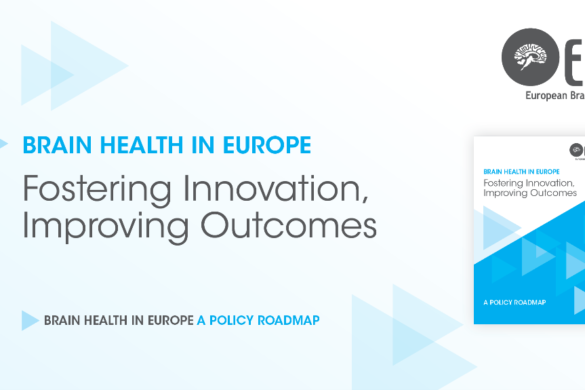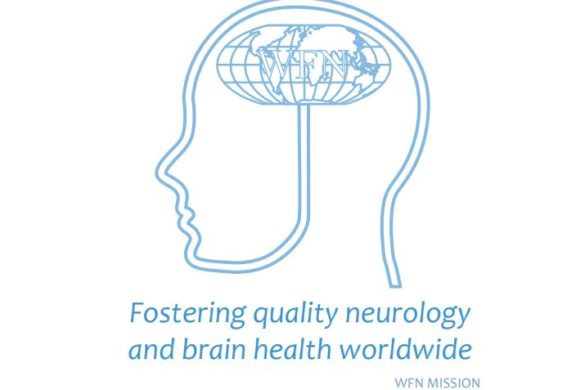The HBP Summit held at EPFL (Ecole Polytechnique Fédérale de Lausanne), Lausanne on October 6 – 11 was the inaugural event of the Human Brain Project, recently selected by the EU as one of two, 1 billion euro, ten year flagship projects. The summit brought together top neuroscientists, clinicians and IT specialists from all over the world to plan the project’s work for the next 10 years.
One of the most important goals of the Human Brain Project, coordinated by EPFL is to reconstruct the brain digitally, piece by piece, and ultimately to build a virtual brain in a super-computer. Understanding and mimicking the way brain works could revolutionise information technology, medicine and society. To achieve this, everything that is known and can be learnt about the inner workings of the brain’s molecules, cells and circuits will need to be brought together. With this goal in mind, the Human Brain Project brings together 80 European and international partners
The benefits that the HBP could bring to society should be significant even before it achieves its final goals. For example the HBP’s thirst for computing power will drive the development of new technologies for supercomputing and for scientific visualisation.
Computer models of the brain are expected to revolutionise information technology, allowing computers, robots, sensors and other devices more powerful, more intelligent and more energy efficient than any known today.
Brain simulation will help us to understand better the root causes of brain diseases, to diagnose them earlier and more precisely and to develop improved new treatments.
The project will also throw new light on questions human beings have been asking for more than two and a half thousand years. What does it mean to perceive, to think, to remember, to learn, to know, to decide? What does it mean to be conscious?
In summary, the Human Brain Project has the potential to revolutionise neuroscience, medicine, technology and perhaps even society.








